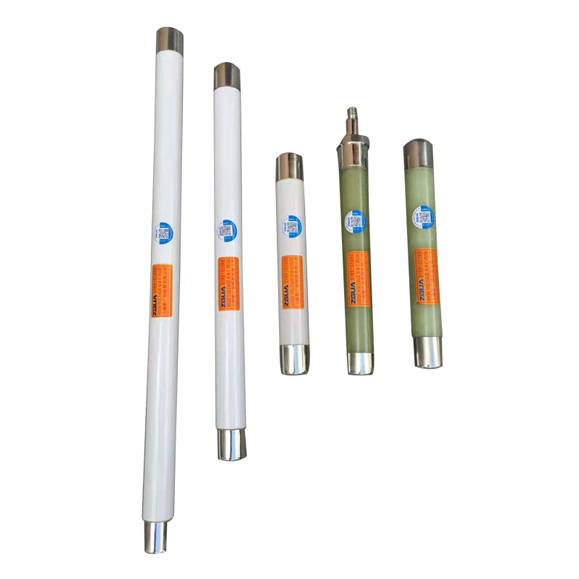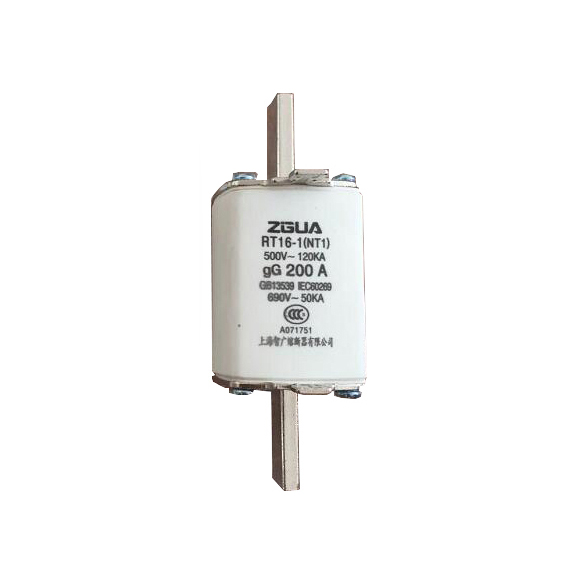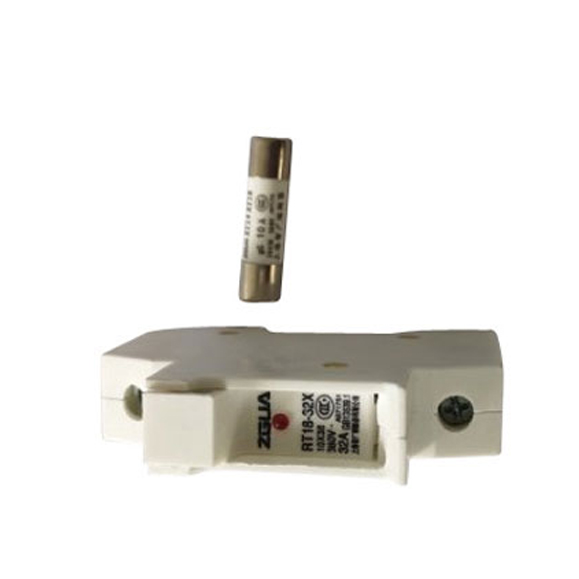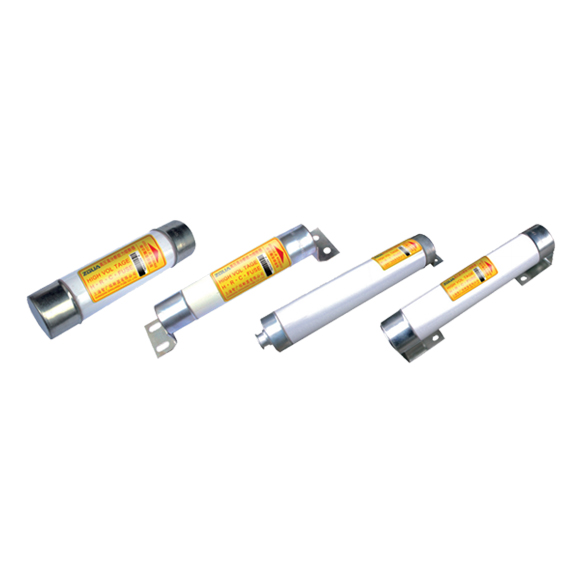How does a fuse distinguish between high voltage and low voltage?
Fuses are different in voltage level. For example, in the case of the same rated current, there is a big difference between a 10kV fuse and a 220V fuse. Although the same current can make it fuse, if the voltage is too high, the fracture of the fuse will Insulation safety cannot be guaranteed. There are many voltages of fuses, 12V, 24V, 36V, 72V, 125V, etc., so how do we divide high voltage and low voltage? Generally speaking, fuses below 125V are low-voltage fuses. If they exceed 125V, they are medium-high voltage fuses. If they exceed 1KV, they are ultra-high voltage fuses, and there are also UHV fuses. How to distinguish the rated voltage and rated current of the fuse?
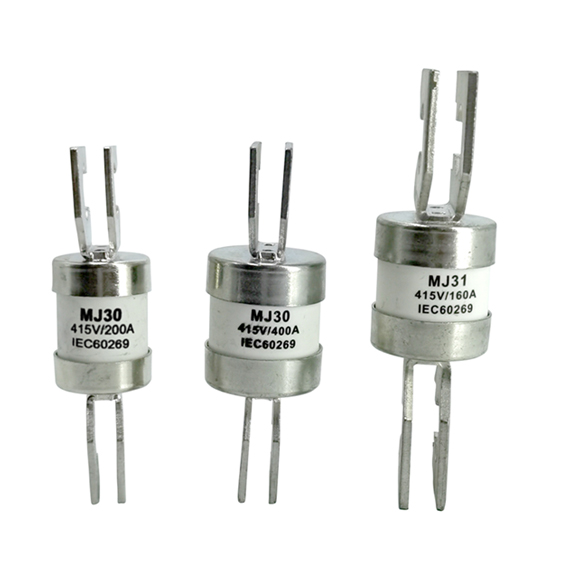
1. Generally, the fuse current (marked current) we usually say refers to the rated current of the fuse, that is to say, the fuse working under this current can work continuously for more than 4 hours without blowing.
2. The marked current of the fuse holder is also the rated current of the fuse holder under the normal use environment, that is, a fuse with a current not greater than the marked current of the fuse holder can be installed.
3. The current value marked on the fuse holder is downward compatible, that is to say, as long as the rated current of the fuse is not greater than the marked current of the fuse holder, it can be installed in this fuse holder.
4. Regarding the issue of certification matching between fuses and fuse holders, try to choose consistent certification if possible.
5. Under normal circumstances, if the customer uses the fuse clip installed on the PCB board (which belongs to the hardware part of the product), the safety certification of the fuse clip is not required, and only the certification of the fuse is required.
6. When choosing a fuse holder, you also need to pay attention to the certification voltage of the fuse holder. Some fuse holders are equipped with a 10A fuse and its withstand voltage is 250V. When a 15A fuse is installed, its withstand voltage is 125V.
The low-voltage fuse is a kind of fuse, which is used for short-circuit protection in the line. Its advantages are high breaking capacity, strong reliability, small device area, convenient maintenance, and low price. Disadvantages are fewer maintenance methods, and a long time to restore the power supply.
Commonly used low-voltage fuses are porcelain plug-in type, closed tube type, spiral type, filler type, and other types. Porcelain plug-in arc extinguishing ability is poor, and it is only suitable for the end of the line with a small fault current.
Several other types of fuses have arc extinguishing methods, and the ability to break current is relatively strong. The closed tube type has a simple structure, and the spiral type is safer when replacing the fuse tube.
According to the structure, the low-voltage fuses are divided into thrust type, spiral type, no filler type, and filler type;
Breaking current scale: full-scale segmentation capacity and partial scale breaking capacity;
Application category: general purpose and maintenance electric motors.
According to the protection form, the fuse can be divided into overcurrent protection and overheating protection. The fuse used for overcurrent protection is commonly referred to as a fuse, also known as a current-limiting fuse. Fuses used for overheating protection are generally called "thermal cutoffs". Thermal fuses are further divided into low-melting-point alloy-type and temperature-sensitive trigger-type, and their working principle is different from that of current-limiting fuses.
When selecting a low-voltage fuse, the type of the fuse should be determined according to the application conditions. When selecting the fuse specification, the specification of the melt should be selected first, and then the specification of the fuse should be selected according to the melt, and then the protection characteristics of the fuse and the overload of the protected object should be used Features Pick the right model.
recommended reading:
What is the fuse link price related to and matters needing attention

 English
English 中文
中文 Pусский
Pусский Français
Français Español
Español
